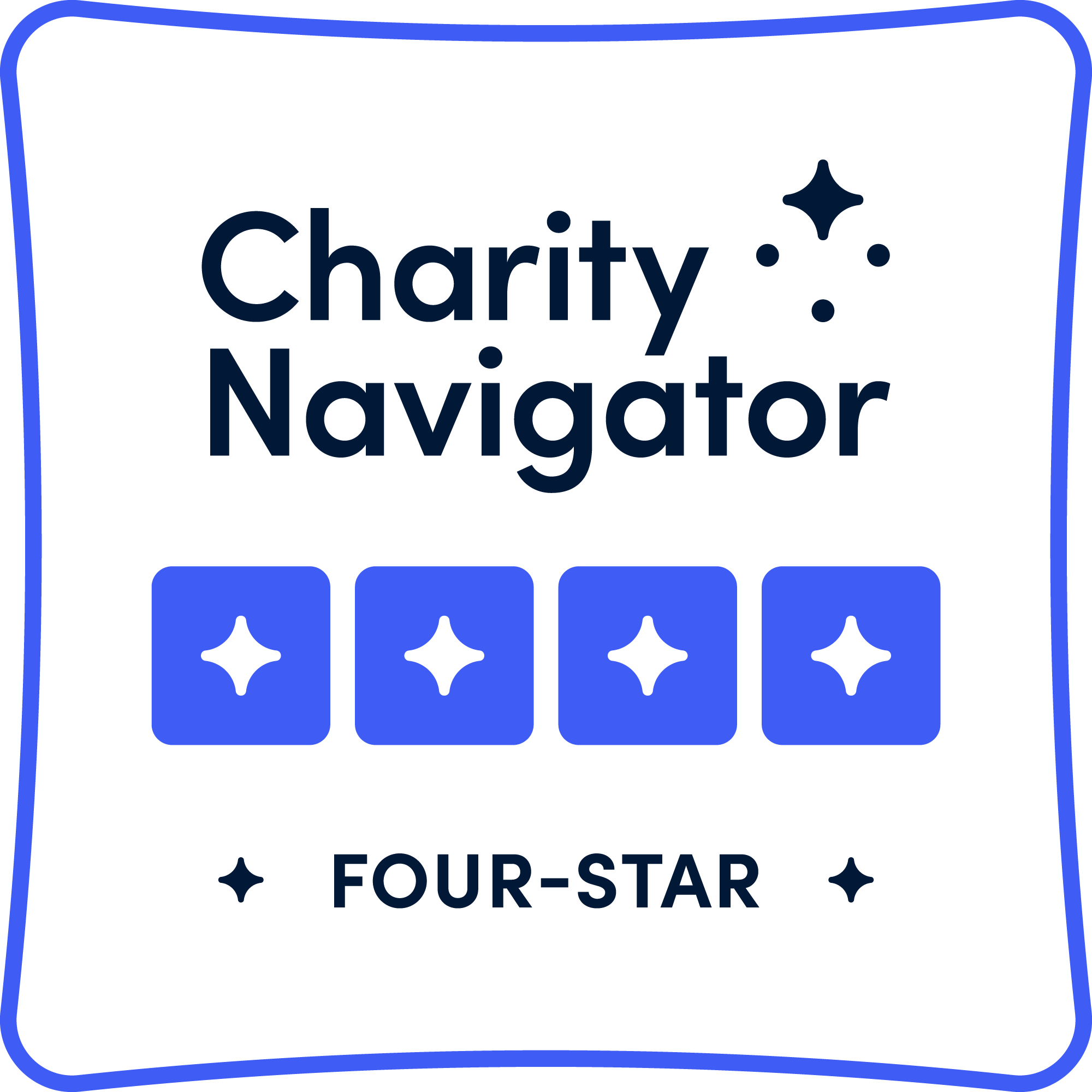Living with PTSD: Three Considerations for Collaboratives Serving Veterans
As of November 1, 2020, National Veterans Intermediary (NVI) is called the Local Partner Network. Older content may reference our original name.
In our last blog, I shared a personal story about PTSD and my recovery journey. In this blog, we’ll explore some of the bigger picture, systemic issues that my story illustrates. It’s important to note, though, that when you’ve met one veteran with PTSD, you’ve met one veteran with PTSD. No one person’s experience is a monolith. There are many considerations with which I do not have lived experience. Reflect on the stories of veterans you’ve met, and consider how their stories might illustrate greater themes about seeking help for mental health, and what your community might do to make their journey easier.
Lots of veterans never seek help during service.
For some of us, that’s due to the cultural stigma around seeking treatment. The military has made strides, especially over the past decade, to destigmatize seeking mental health treatment, but there’s a long way to go. Veterans like me who did not seek help in the military may have a tougher time applying for disability benefits. Without treatment records, we have to prove that both the stressor and the onset of symptoms happened during service. It can be hard, but it’s not impossible.
For some veterans, their discharge may have been impacted by untreated mental health issues. For instance, some veterans who self-medicated for PTSD with drugs or alcohol faced “other than honorable” or other “bad paper” discharges. Their discharge status can make them ineligible for many benefits as well as cause difficulty finding gainful employment. While veterans can apply to have their discharge upgraded, the process takes time and they have to prove that it’s related to PTSD, TBI, MST, or discrimination on the basis of sexual orientation. That means communities should be prepared to support veterans of all discharge types and be familiar with both local program eligibility criteria and alternative options for those who don’t (yet) qualify for traditional veterans’ services. It’s also important to understand VA’s treatment options for veterans with OTH discharges.
Coping with untreated PTSD can complicate life.
In my case, it was more than eight years after my trauma and nearly three years after it resurfaced before I pursued treatment for undiagnosed PTSD. In the meantime, veterans find other ways to cope. I personally coped through denial, leaning on alcohol briefly, then food, shopping, and workaholism. I’m lucky that none of these created greater problems in my life, but that’s not always the case. “Reckless and self-destructive behavior” can be a symptom of PTSD, and some veterans turn to risky behaviors including dangerous substance use, drunk driving, gambling, and aggression.
These behaviors can actually increase the likelihood of veterans being exposed to additional trauma, worsening their symptoms. So what can communities do when veterans seek treatment with years’ worth of challenges behind them? Medical-legal partnerships can help address health-harming legal needs. Research has shown that legal services paired with treatment have improved psychosocial outcomes, including improvements in PTSD and anxiety symptoms. Don’t have a medical-legal partnership in your area? With support from the Bob Woodruff Foundation, the National Center for Medical-Legal Partnership has developed veteran-focused MLP resources that can help point you in the right direction.
PTSD symptoms can be barriers to treatment.
One of the symptoms of PTSD is avoidance. For me, avoiding my triggers manifested as staying home, not wanting to make appointments or even phone calls. Veterans may even withdraw from activity and systems of support when things get bad. Sometimes, meeting veterans where they’re at will mean connecting with them through trusted messengers. In my case, a loved one offering to help me contact therapists was what made me finally make the call. It was my family who informed me about local veterans’ resources when I was struggling. When you’re thinking about outreach and communications, make sure to be inclusive of those family and loved ones who can help coach veterans into care. When you do get the chance to connect with veterans, research shows that they’re hungry for information, want to know their options, and want to be involved with decision-making about their treatment. Hearing that treatment works and that there are multiple choices for evidence-based therapies can help motivate people to enter treatment.
Most veterans are not diagnosed with PTSD or other mental health issues. Those who are diagnosed with PTSD will have different experiences than mine: different trauma, different expression of symptoms, different beliefs about recovery and treatment, different access to care, and different outcomes. My story is just one story. As the members of your collaborative listen to the stories of the veterans you collectively serve, I encourage you to pay special attention to three details: 1) How long they waited to ask for help, and why; 2) what encouraged them to take the first step toward recovery; and 3) what makes them either stay in treatment or drop out. These parts of their stories are valuable clues as you work to ease the help-seeking experience for veterans living with PTSD.









